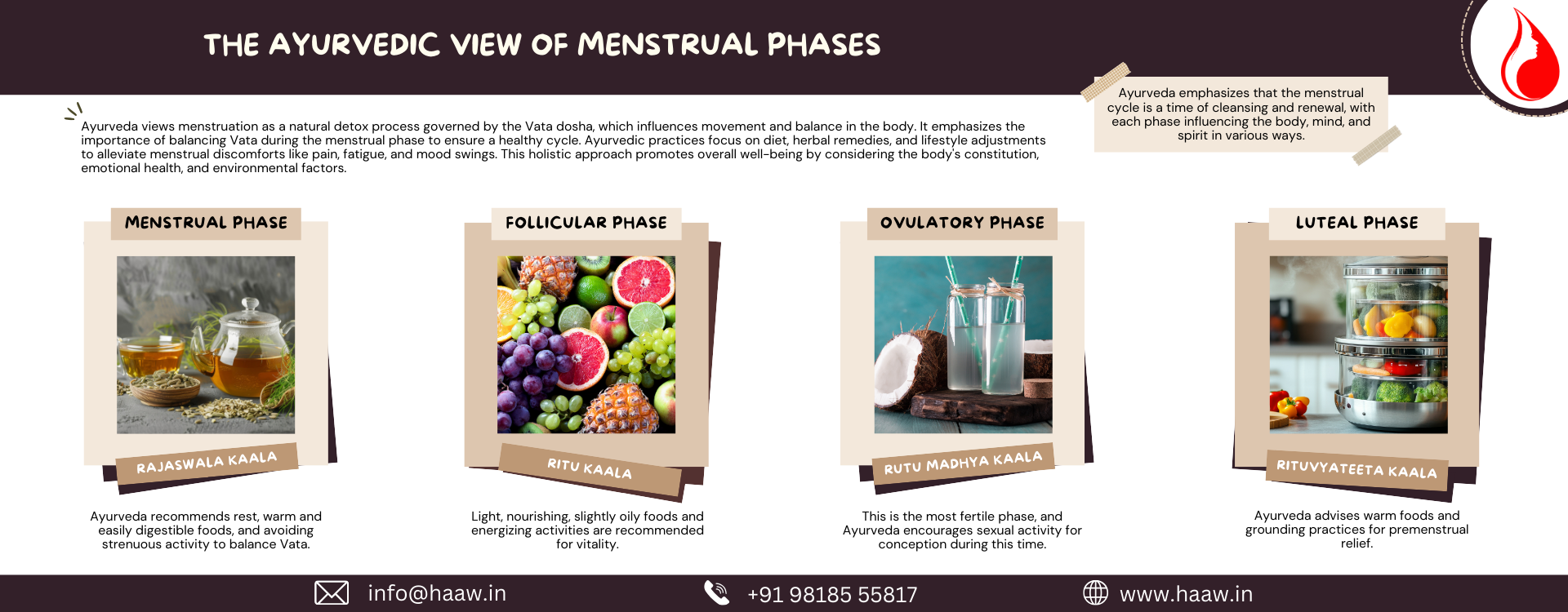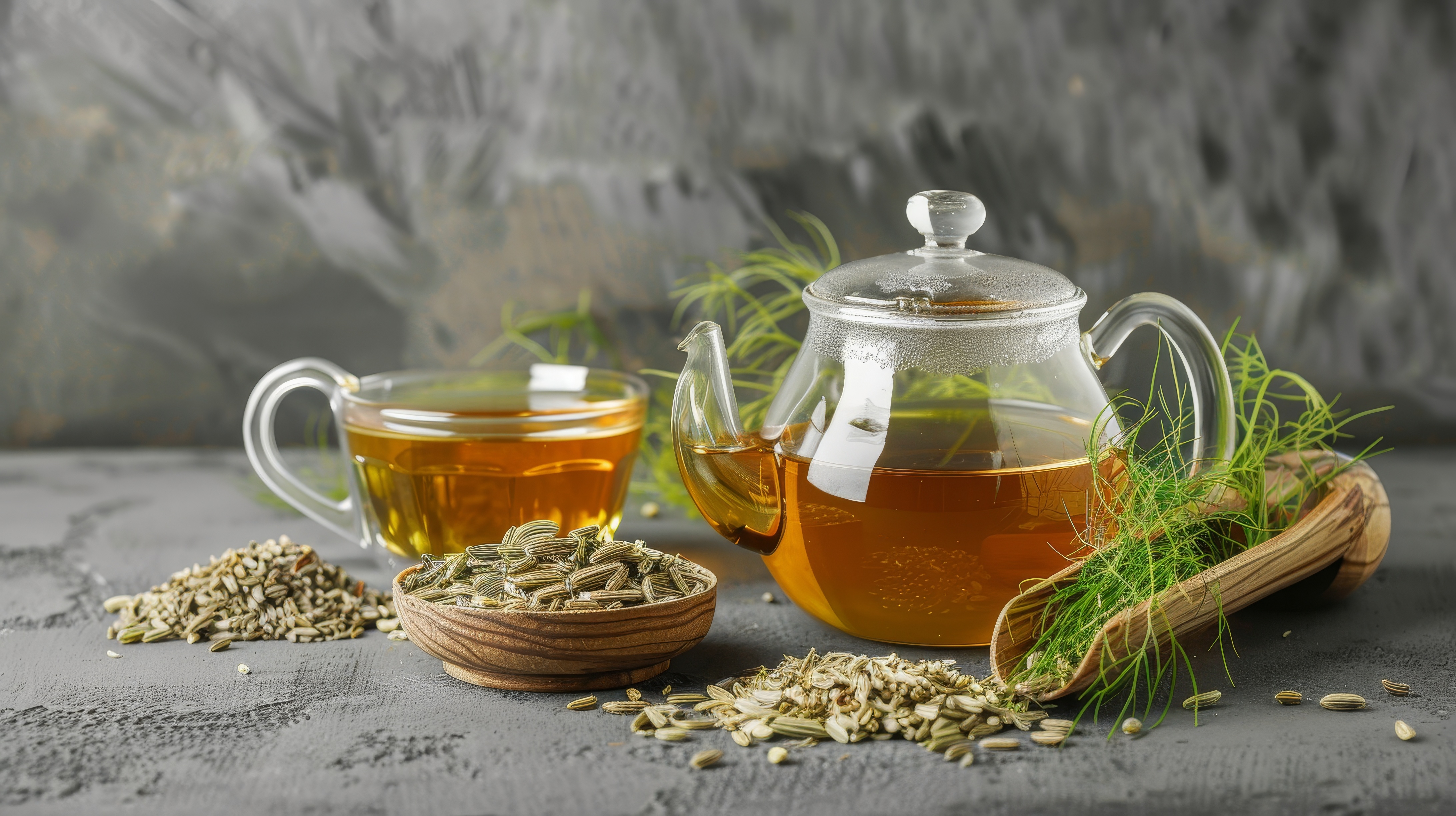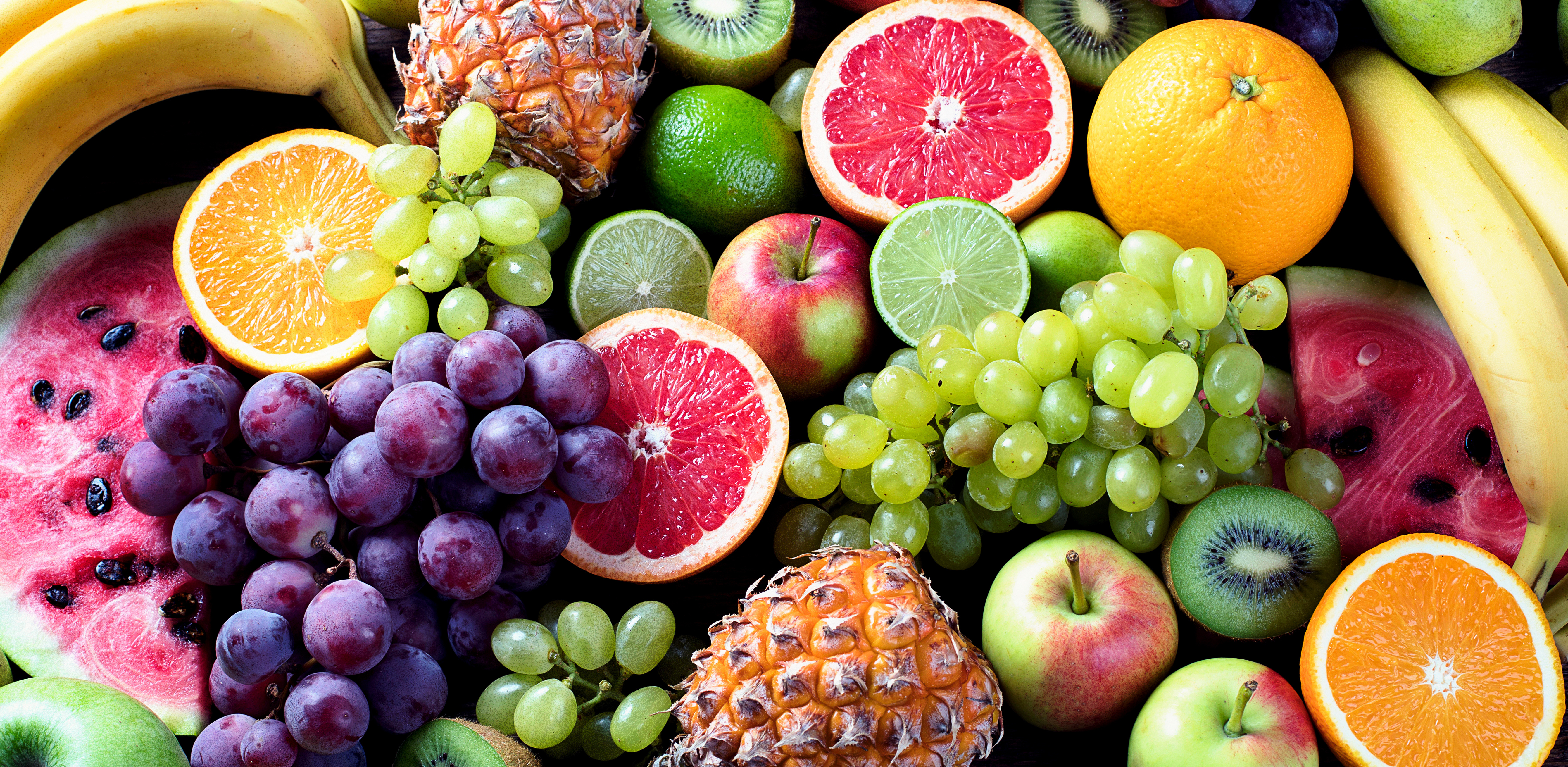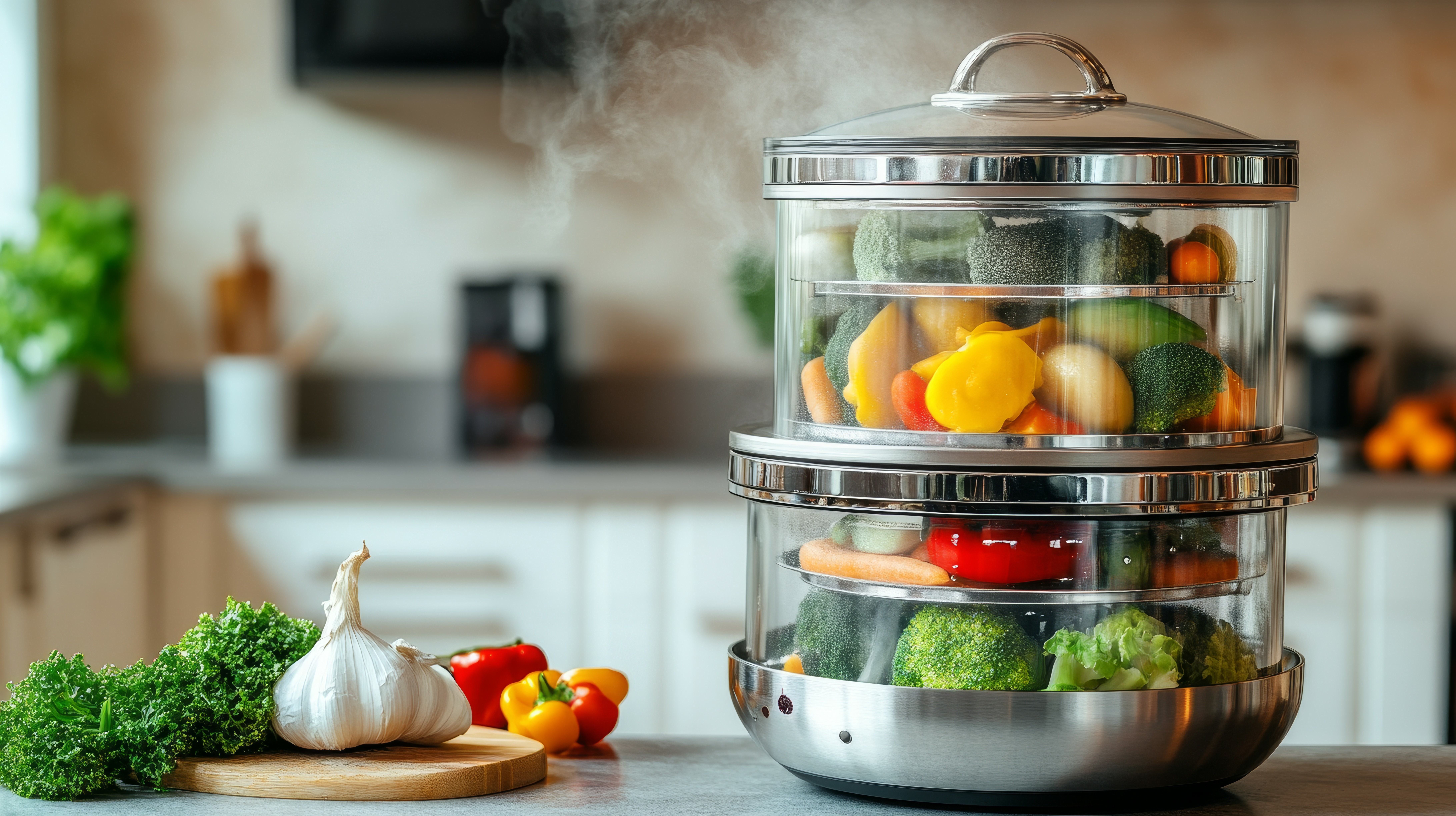
In the previous blog, "Balancing Your Cycle Naturally with Ayurveda," we have explored the holistic approach of Ayurveda to balance the menstrual cycle. Focuses on how three dosha - Vata, Pitta and Kapha can be harmonized through natural techniques. Highlight the Ayurvedic practices, customized diets, herbal remedies, mindfulness and yoga practices. Changes in lifestyle to support the hormonal balances and Emphasizing the role of mindfulness, yoga, and daily routines (dinacharya), it provided a roadmap for achieving a harmonious and healthy menstrual cycle. This foundation helps women foster long-term well-being in sync with their body's natural rhythm.
This blog explores how Ayurveda can help women maintain a balanced menstrual cycle naturally. It emphasizes the role of the three doshas—Vata, Pitta, and Kapha—in regulating different phases of the cycle and highlights the importance of identifying one's unique constitution (Prakriti). Through mindful diet, lifestyle changes, and herbal remedies, Ayurveda offers personalized solutions to manage common menstrual issues like irregular cycles, cramps, and emotional fluctuations. The blog also provides practical tips on nourishing foods, daily routines, and stress management techniques to promote harmony during each phase of the cycle.
2. Phases of the Menstrual Cycle in Ayurveda

a. Menstruation (Menstrual Phase):
Ayurvedic Name: Rajaswala Kaala
Occurrence: : 3–7 days (varies by individual).
Influencing Dosha: Vata
The menstrual phase is governed by Vata energy, focused on release and elimination of menstrual blood and toxins. The body and mind are more sensitive, requiring rest. But imbalanced vata can cause the irregular bleeding or pain, cramps.
Abdominal cramps, bloating, and discomfort.
Emotional sensitivity or feeling introspective.
Coldness, fatigue, or dryness in the body.
Consume warm, cooked foods that are nourishing and easy to digest.
Stay hydrated, but avoid cold or iced beverages.
Rest, avoid overexertion, and practice gentle self-care.
b. Post-Menstruation (Follicular Phase):
Ayurvedic Name: Ritu Kaala
Occurrence: : After menstruation until ovulation (approximately 7–10 days).
Influencing Dosha: Kapha
The post-menstrual phase is driven by Kapha energy, focusing on replenishment and healing. The body regenerates and prepares for ovulation, while Kapha brings stability, making women feel more grounded and calm.
A sense of stability and increased energy.
Potential weight retention, bloating, or fluid retention.
A more calm and reflective mood.
Engage in invigorating activities to counter any potential sluggishness.
Eat light, energizing foods such as fresh vegetables, fruits, and whole grains.
Avoid heavy, greasy, or overly rich foods to keep Kapha balanced.


c. Ovulation (Ovulatory Phase):
Ayurvedic Name: Rutu Madhya Kaala
Occurrence: Occurs around the middle of the cycle, typically 12–16 days after the start of menstruation.
Influencing Dosha: Pitta
Ovulation aligns with Pitta energy, marking the body's peak fertility and activity. It is primed for conception, with heightened energy, metabolism, and fluid retention. Emotionally, Pitta increases desire, assertiveness, and confidence during this phase.
Increased libido and heightened.
Self-confidence, sharper, more focused mind.
Physical discomfort, mild cramping or bloating from egg release.
Balance the increased intensity with calming practices.
Focus on cooling and hydrating foods to prevent excess heat.
Avoid overexertion and emotional excess.
d. Pre-Menstruation (Luteal Phase):
Ayurvedic Name: Rituvyateeta Kaala
Occurrence: Typically occurs 10–14 days before menstruation.
Influencing Dosha: Pitta
The Pitta phase is marked by heightened energy as the body prepares for menstruation, with the endometrial lining thickening for potential pregnancy. Emotionally, it can bring increased sensitivity, irritability, and frustration, while the body feels warmer and more active.
Possible PMS symptoms such as mood swings, irritability, heat, acne, headaches, and fatigue.
The body experiences an increased metabolic rate, which can lead to a feeling of being more active or agitated.
Focus on cooling, calming, and grounding practices.
Opt for foods that are cooling, nourishing, and hydrating.
Avoid spicy, hot, or inflammatory foods to prevent excess Pitta.

In our next blog, we’ll understand the role of dosha in menstruation health. How each dosha affects the menstruation and reproductive health. We will go through the primary function of dosha, balance & imbalance state of dosha and remedies to balance of the dosha with the help of food and yoga.